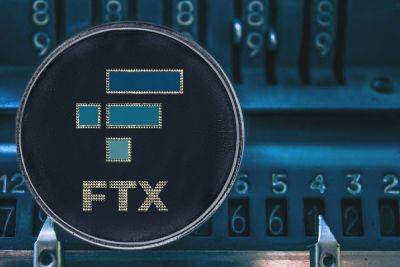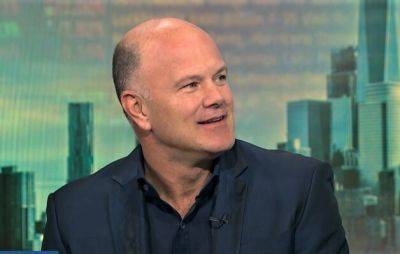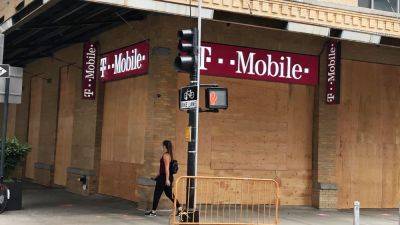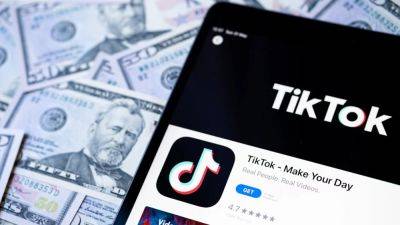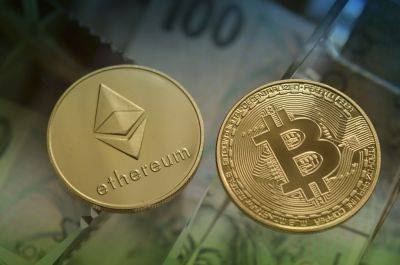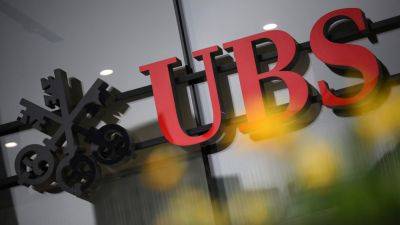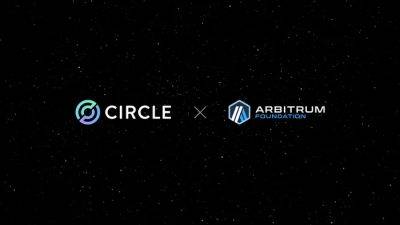‘I feel constantly watched’: the employees working under surveillance
E very 10 minutes, Mae’s computer snaps a shot of her screen, thanks to monitoring software her employer made her install on her laptop. A figure looms large over her workday: her activity score, a percentage calculated by the arbitrary measure of how much she types and moves her mouse.
It’s hovering at about 62% when we speak. “That’s quite good. If I’m on a Zoom call that counts as 0% [activity], even though I’m in a meeting,” she explains, adding that she watches videos and attends calls regularly as part of her role.
Mae, who is in her 20s, was one of many workers who got in touch with the Guardian to share their experience of being monitored. She works remotely in marketing at a company where surveillance has become part of the job.
Employees use Hubstaff, one of the myriad monitoring tools that companies turned to as the Covid pandemic forced many to work remotely. Some, such as CleverControl and FlexiSPY offer webcam monitoring and audio recording.
Mae says she often has dry eyes and a sore head at the end of the working day. “Tracking doesn’t allow for thinking time or stepping away and coming back to work – it’s very intense.”
Although Hubstaff states that the statistics should be understood in the context of the role, and warns against unrealistic activity goals, Mae says her manager has asked her about her scores and compared them with those of other employees. “Having that conversation put it on the back of my mind – they are looking at these scores.”
Now, when she undertakes work that could drag this number down – including taking notes on paper – she pauses the tracker, meaning she sometimes ends up working overtime to hit her contracted hour count.
“I feel frustrated that I’m being marked by some automated
Read more on theguardian.com

 theguardian.com
theguardian.com